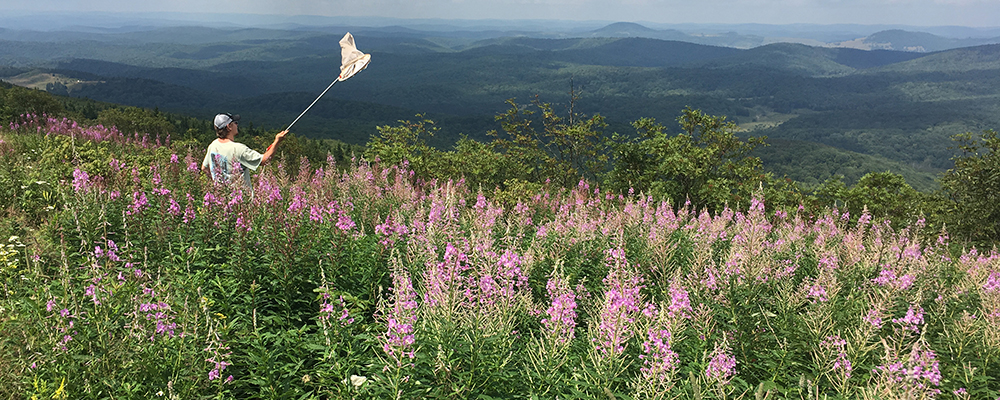Terrestrial Ecology

A solid foundation for project success begins with retaining a team of professional scientists, experienced with a broad range of taxa and federally permitted by the U.S. Fish and Wildlife Service (USFWS) for multiple species. ESI’s terrestrial ecologists hold advanced degrees, are active within the scientific community, and are professionally certified by organizations such as The Wildlife Society and Ecological Society of America. Employing resourceful and critical thinking coupled with a science-based approach, ESI effectively generates efficient, innovative solutions, tailored to meet project compliance needs.
The sooner project conflicts are identified, the more likely projects remain on track and on budget. ESI’s specialists closely examine public/private species databases, land cover data, aerial imagery, etc. to identify and avoid conflicts at the start of project planning. Beyond simply noting potential locations, comprehensive information is gathered and used to inform project design, highlight potential regulatory issues and obstacles, develop permitting strategies, and establish a schedule early in the process.
Habitat assessments document potential and/or suitable habitat for listed species’ use. To offset planned development while building environmental equity, detailed assessments evaluate habitat characteristics requisite for species mitigation or conservation. Assessments are completed in accordance with established federal/state protocols and guidance, albeit if standard guidance is not previously established, ESI applies best available science in designing agency-validated species-specific protocols and data collection methods.
ESI specializes in presence/probable absence surveys for federally listed, state-listed, forest sensitive, and locally rare species and its USFWS Section 10 Recovery Permit includes surveyors qualified to capture and handle over 100 federally listed species. Our USFWS Section 10 Recovery Permit includes surveyors qualified to capture and handle over 100 federally listed species. Because state-level protected species regulations vary widely, ESI maintains project- and taxa-specific permits across much of the country with species-specific surveys conducted in more than 23 states annually.
ESI’s permitted professional biologists routinely survey for a wide range of mammal, reptile, amphibian, avian, pollinators/insect, plant, and aquatic species.
A recognized leader in intra-cave biomonitoring for over 20 years, ESI implemented and executed endangered bat winter and summer counts and bio-inventories of karst-obligate species across eastern, southern, and midwestern karst landscapes. ESI’s credentials include refining data collection and counting methods, particularly for colonial species, and completing or assisting with some of the largest listed bat hibernacula census counts on record. ESI annually partners with various government agencies and non-profit organizations, assessing critical karst features and inhabitant biota. Staff biologists are highly regarded and well accomplished technical cavers, assessing remote, hard to access areas, and annually conducting single and multi-pitch rappels ensuring staff remain highly trained and actively prepared to safely complete exhaustive surveys.
Large scale study areas often require specialized services to accurately, yet cost-effectively, portray site conditions and landscape or project-level animal movements. ESI’s professional team of animal movement experts, pilots, and tracking specialists routinely complete visual aerial surveys, aerial tracking, and ground-based location triangulation for large and long-distance projects often traversing exceptionally challenging environments. VHF, GPS, cellular, or coded-transmitting technologies, partnered with cutting-edge analysis methods are employed and selected based on maximizing cost-saving advantages. ESI maintains FAA compliance and commercial aircraft insurance (including approval of exterior attachments) thus minimizing deployment time and paperwork and ultimately avoiding subsequent project delays. Surveys are conducted with Cessna 172 and 182 aircraft and/or drones.
Invasive species surveys and consultation range from prevention and control with applied mechanical and chemical means to management, implementation, and restoration. ESI’s invasive species field surveys establish baseline conditions or monitor restoration progress, facilitating planning, meeting restoration objectives, and developing cost-effective ways of incorporating sustainability practices.